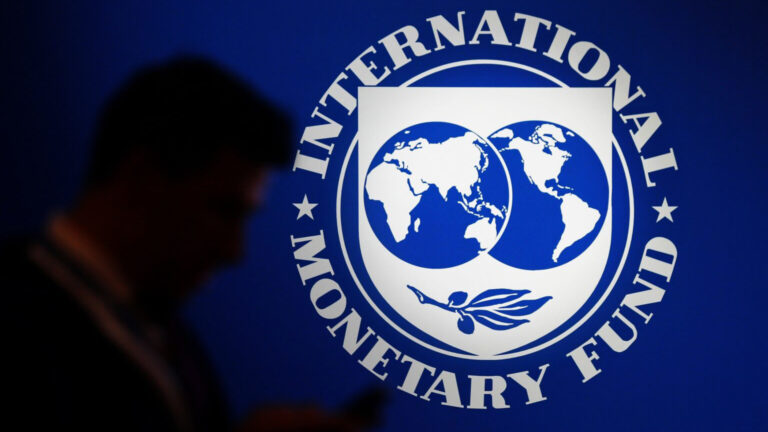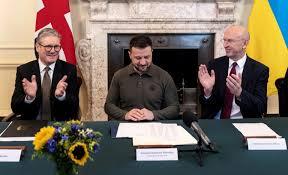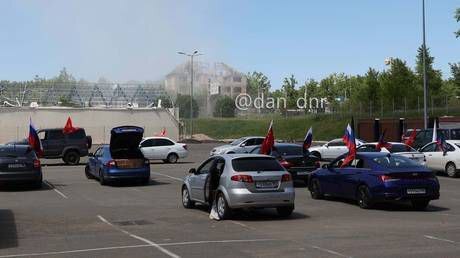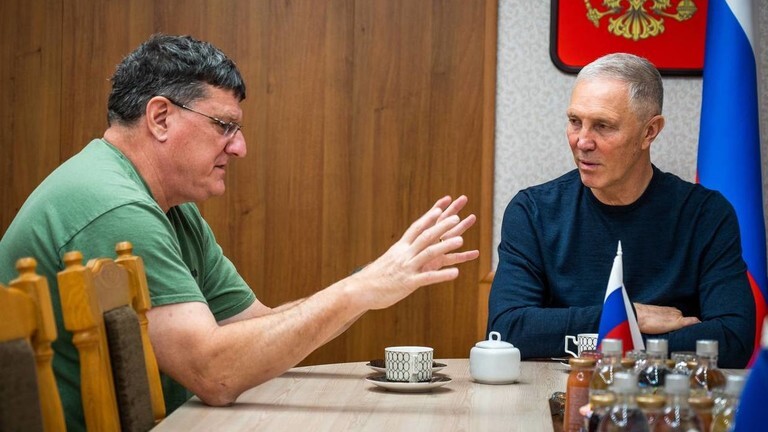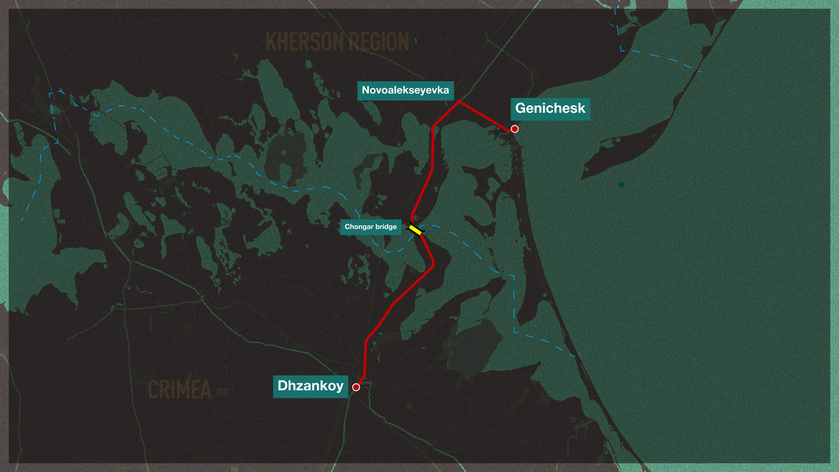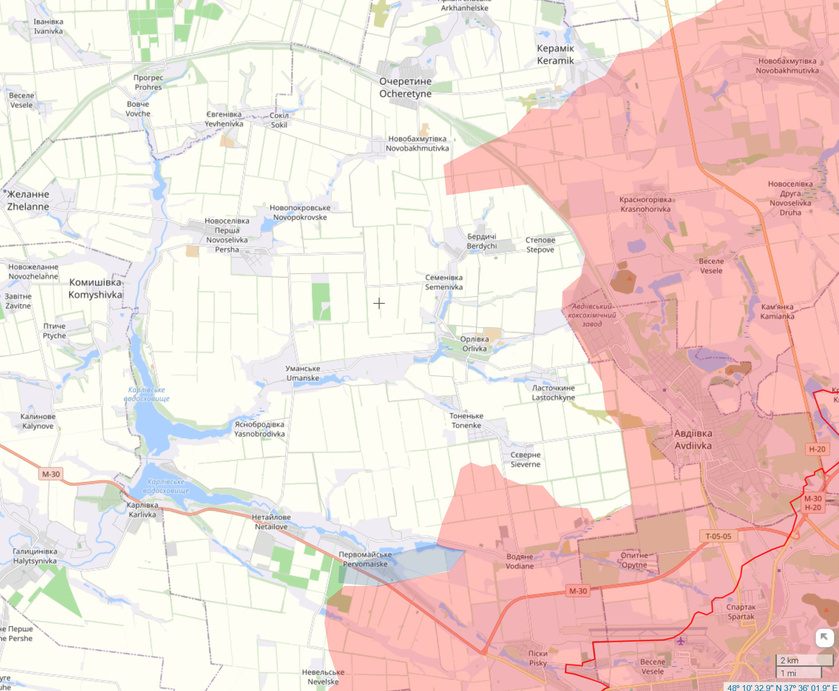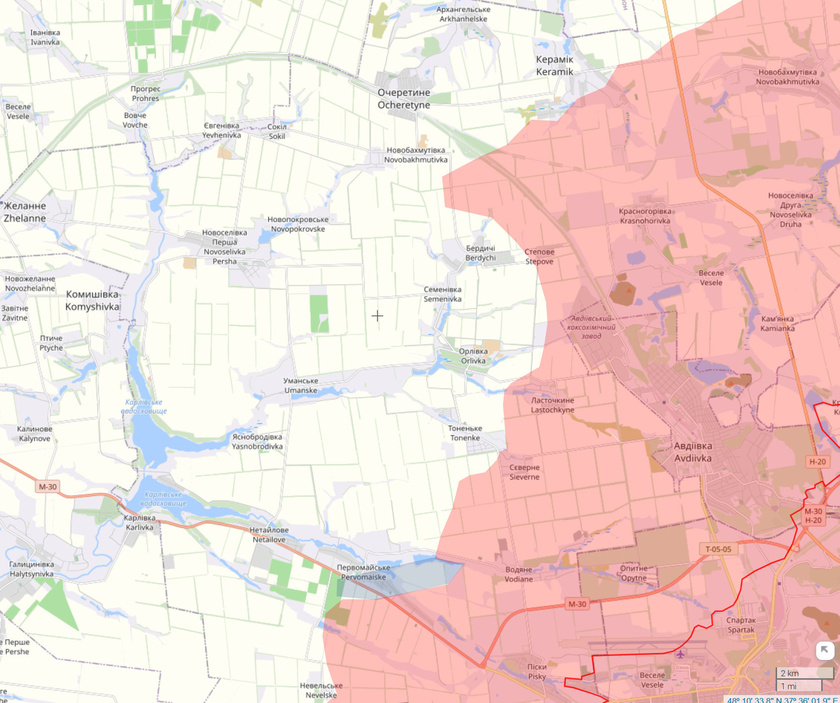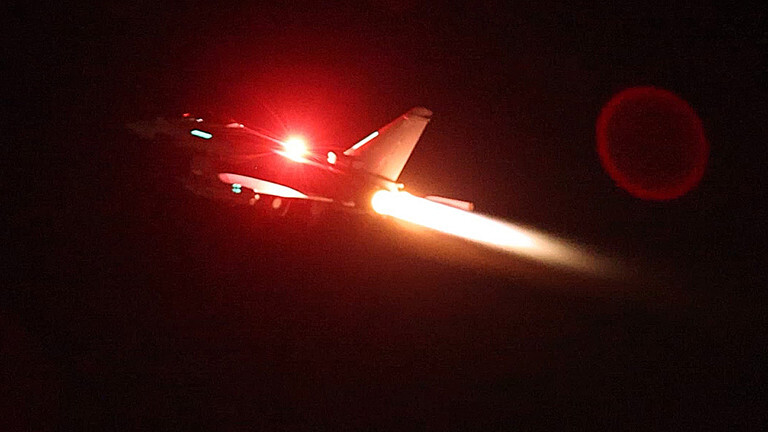Written by Eric Zuesse
The great investigative journalist John Helmer recently (such as in the July 26th podcast interview of him “Gorilla Radio with Chris Cook, John Helmer July 26, 2023”) has called attention to the fact that though the IMF has lent $115B to Ukraine’s Government in order to pursue the war against Russia, the customary and standard requirements for audits of where the loans went has constantly been suspended; and, so, much or all of this money might be in private accounts, perhaps secret offshore untaxed accounts, of Ukrainian Government officials, or even of the U.S.-and-allied officials, which might never be made public. Is this possible?
I looked at relevant IMF documents, and found no reason to doubt that it is possible. So, this report will link to the sources regarding that $115B of alleged ‘loans’ that might actually be donations which end up largely if not entirely in secret accounts of the officials who play roles in authorizing them.
On 31 March 2023, the IMF headlined “IMF Executive Board Approves US$15.6 Billion under a New Extended Fund Facility (EFF) Arrangement for Ukraine as part of a US$115 Billion Overall Support Package” and reported that, “The approval of the EFF is expected to mobilize large-scale concessional financing from Ukraine’s international donors and partners, to help resolve Ukraine’s balance of payments problem, attain medium-term external viability, and restore debt sustainability on a forward-looking basis in both a baseline and downside scenario.”
The publication also said: “The NBU also plans to resume scheduled onsite supervision inspections for both bank and non-bank financial institutions (Structural Benchmark, September 2023) and unwind all emergency prudential measures by end-March 2024, if conditions allow.” And:
E. Financial Sector
60. Far-reaching emergency measures introduced under Martial Law to preserve financial stability are being carefully unwound.18 One year after the war, the authorities recognize that the emergency measures are causing distortions, obscuring the true health of the banking sector, and inhibiting effective financial system operations and oversight. The process of unwinding these measures has started with resuming the count of loan days past due in June 2022; introducing a procedure under Martial Law to resolve insolvent systemic banks in October 2022; and submitting of a draft law in March 2023 to improve the procedure for withdrawing non-systemic banks from the market under Martial Law. The NBU also plans to resume scheduled onsite supervision inspections for both bank and non-bank financial institutions (Structural Benchmark, September 2023) and unwind all emergency prudential measures by end-March 2024, if conditions allow.
61. In preparation for a return to normality, the authorities will update their 2021financial sector strategy by end-June 2023 to prepare for a safe and prompt unwinding of financial sector emergency measures, while restoring accounting and prudential norms. The strategy will describe the future priorities for the financial system and serve as a living document with the aim of guiding policies and promoting effective coordination among stakeholders through action plans and implementation milestones. Key elements of the strategy will include: (i) coordinated steps to safely unwind exceptional measures; (ii) diagnostics to quantify bank asset values and NPL resolution priorities; (iii) a framework to safely address any potential vulnerabilities; (iv) a prioritized action plan to monitor and tackle high NPL levels; (v) well-developed contingency plans to respond to potential further shocks; …
62. The NBU is preparing to undertake detailed bank diagnostics. This is in recognition of the critical importance of well-designed and timely analysis to value banks’ assets using a prudent and consistent methodology to inform subsequent triage and the modalities of eventual balance sheet cleanup. In January 2023, the NBU adopted a Terms of Reference in preparation for undertaking an independent asset quality review (AQR) once conditions have stabilized. …
66. The NBU intends to implement measures to strengthen bank regulation and supervision, including to increase efficiencies and reap the benefits of earlier access to EU markets.
- EU Accession. In preparation to joining the EU single market, the NBU with assistance from the EBRD has undertaken gap analyses relative to the EU Capital Requirements Directive. This gap analysis has been shared with the European Banking Authority for the purposes of availing of the multiple benefits of so-called “regulatory equivalence” ahead of full EU membership. The NBU aims to close the identified gaps in the regulatory capital structure by end-September 2023 and other gaps by end-September 2024.
- Governance and oversight. The NBU has committed to take the following actions (Structural Benchmark, end-September 2023): (i) separate the related-parties-unit from banking supervision teams to ensure sufficient arms-length treatment on this important governance consideration; …
- Without additional financial support on appropriate terms, including debtrestructuring, Ukraine’s debt is assessed to be unsustainable in both the baseline and downside scenarios. The pre-restructuring baseline DSA sees debt increase to over 105 percent of GDP by 2024, as result of projected primary deficits given high defense spending, and then gradually decline to 78 percent of GDP by 2033 as the country recovers from the war. As a result, the medium-term modules signal high sovereign stress risks, …UKRAINE
122 INTERNATIONAL MONETARY FUND
49. We are fully committed to further strengthening regulation and supervision. In recognition of the importance of preparation for EU accession, we have undertaken a gap analysis relative to the EU Capital Requirements Directive. We will aim to close the identified gaps in the regulatory capital structure by end-September 2023 and other gaps by end-September 2024.
- To strengthen governance and oversight, we will take the following actions (Structural Benchmark, end-September 2023)…
And it goes on and on, all being predictions of what Ukraine’s Government will start to do but isn’t doing. It’s all promises, with no penalty if the promises will never be fulfilled.
The press release accompanying that IMF document quoted Ms. Gita Gopinath, First Deputy Managing Director of the IMF, admitting that, “Risks to the EFF arrangement are exceptionally high.”
The European Court of Auditors had issued on 23 September 2021 a study, “Reducing grand corruption in Ukraine”, which said:
We audited whether the European External Action Service and the Commission have effectively assessed the specific situation in Ukraine as regards grand corruption, and taken the necessary action to support reforms in Ukraine. We focused on the EU’s contributions to judicial and anticorruption reforms during the 2016-2019 implementation period.
IV The European External Action Service and the Commission have viewed corruption as a cross-cutting priority, and channelled funds and efforts through a variety of sectors. Overall, we found that this approach focused insufficiently on grand corruption. While the EU has helped to reduce corruption opportunities, grand corruption remains a key problem in Ukraine. Judicial reform is experiencing setbacks, anti-corruption institutions are at risk, trust in such institutions remains low, and the number of convictions resulting from grand corruption is small. Although the European External Action Service and the Commission have viewed reducing corruption as a cross-cutting issue, they have not designed and implemented a specific strategy to tackle grand corruption.
The U.S. Government’s direct (as opposed to via its fronts such as the IMF) loans and donations to Ukraine get the votes of around 98% of the members of Congress. It’s almost unanimous congressional support. But, occasionally, a Republican member suggests (since the President is now a Democrat) that there ought to be an audit of where this money actually goes, and yet there has never been an actual vote in Congress on any such proposal, maybe because some of this money somehow goes into their own pockets, or into the pockets of their top donors. Polling in America shows that voters pay very little attention to this issue, and that they are very supportive of what the U.S. Government has been doing in Ukraine. Most Americans trust their Representatives and Senators — think them to represent the voters, not the donors. Most don’t think that top elected officials are deeply corrupt. And, clearly, those public officials are, on the matter of Ukraine, representing not only the interests of their donors, but also their voters’ opinions about the entire matter.
So: not only is there little prospect that there will be an audit of the monies that are pouring into Ukraine, but the constituency for such an audit is virtually nil.
On 4 August 2023, I asked John Helmer:
According to LINK: Ukraine’s national debt was only $16.7B in 2013, then soared to 30.39B in 2014, $42.96B in 2015, and was $72.61B in 2021, then $109B in 2022 and now is $161.94B.
Is all of that money untraced as to where it now is?
Could all of that be U.S.-and-allied taxpayers’ losses from these ‘investments’ in Ukraine and maybe in offshore accounts of U.A.-and-allied leaders??
He replied:
You’re right. Taking into account how much investigative effort was required to trace the IMF funding of 2014-25, which ended up in Kolomoisky’s, Pinchuk’s accounts, and how little that mattered to the IMF, the US DoJ, et al. then, and how little the money sum amounted to then compared to now, yes, you can see the magnitude of the crime Zelensky has committed with Biden and the IMF now.
Any lenders to Ukraine know that there can’t be any accountability on any of the lent money. However, because “Without additional financial support on appropriate terms, including debt restructuring, Ukraine’s debt is assessed to be unsustainable in both the baseline and downside scenarios,” even more money is constantly being ‘lent’ to Ukraine, under the unquestioned assumption that Russia must be defeated — that that is the top priority in all U.S.-and-allied Governments.
So, this is like a Ponzi scheme, with U.S.-and-allied taxpayers and their progenies left holding the empty bags for all of those untraceable dollars, euros, etc., unless some of the beneficiaries of this operation will, purely out of their kind consideration of the needs of those progenies in future generations, choose to make public that person’s having received some of these monies and so pay taxes on that income — thereby relieving that portion of the future burden upon those progenies.
The key decision-makers here are people such as Joe Biden, Jake Sullivan, Antony Blinken, Victoria Nuland, Josep Borrel, Annalena Baerbock, Olaf Schulz, the top officials of the IMF, and the other key agents of the U.S. empire. One can reasonably assume that each one of them is being well remunerated for decisions regarding Ukraine.
On 25 July 2023, Helmer headlined “CASH IS KING OF THE THIEVES IN THE UKRAINE, ACCORDING TO THE IMF, CHIEF ACCOUNTANT TO THE THIEVES’ DEN”, and he wrote that, “The IMF record for facilitating multi-billion dollar transfers of cash into Ukrainian bank and then individual oligarch pockets, has been documented in this archive [9]. Under US control at the Fund’s board of directors, the chief executives, country directors, and Kiev residential representatives of the IMF began practising their blind-eye reporting on the Ukraine with the Igor Kolomoisky pyramid (Privatbank) and the Victor Pinchuk pyramid (Credit Dnepr [10]).” He closes by saying, “What the IMF means is that the gravy train will continue running because the US Treasury and the NATO allies will keep paying. Uncomprehending of defeat west of Dnieper River, the IMF is calculating that in Kiev, so long as Zelensky stays in place, short-term profiteering is bound to beat medium-term default.”
I can see no reason to doubt that.
—————
Investigative historian Eric Zuesse’s new book, AMERICA’S EMPIRE OF EVIL: Hitler’s Posthumous Victory, and Why the Social Sciences Need to Change, is about how America took over the world after World War II in order to enslave it to U.S.-and-allied billionaires. Their cartels extract the world’s wealth by control of not only their ‘news’ media but the social ‘sciences’ — duping the public.
